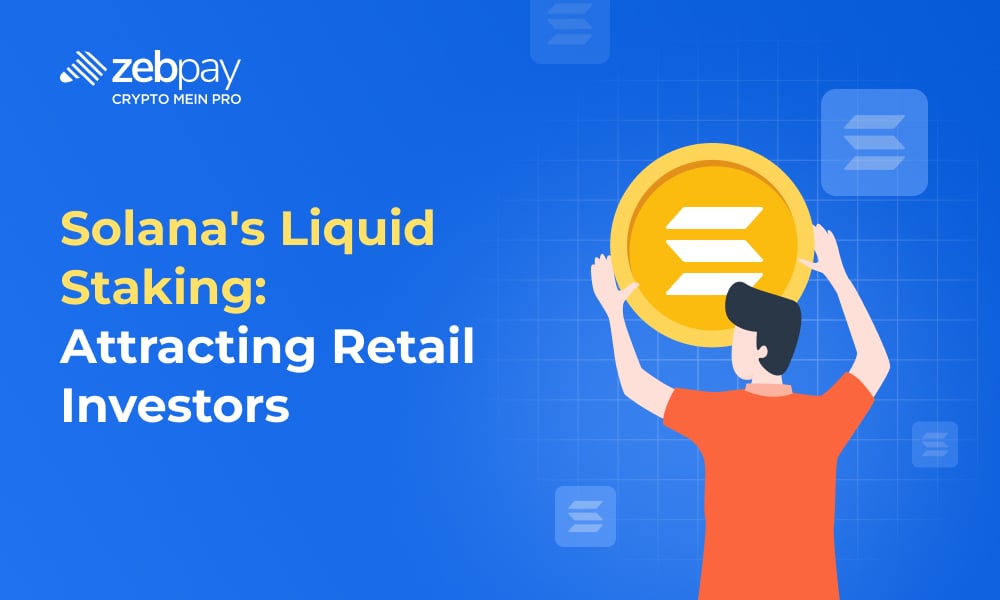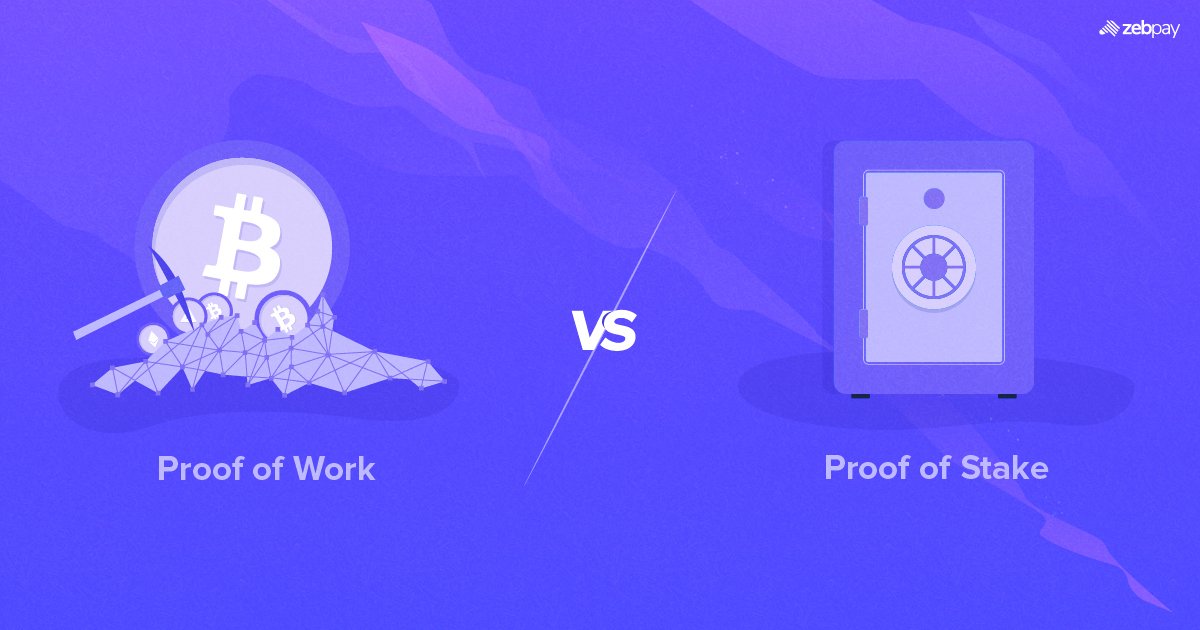Staking is a vital process for securing Proof-of-Stake (PoS) blockchain networks like Ethereum and Solana. By staking tokens, participants can run a validator node, helping maintain the network’s integrity. While many individuals operate solo nodes, you don’t have to go at it alone. However, there’s a catch: once your tokens are staked, they can’t be used for transactions or as collateral in the decentralised finance (DeFi) ecosystem. This is true for both Solana and Ethereum, although Solana’s staking system boasts lower transaction fees and faster block times compared to Ethereum.
This is where liquid staking comes into play! Liquid staking service providers mint a new token that represents a claim on your underlying staked asset. This means you can trade or deposit these tokens in various DeFi protocols, unlocking liquidity and maximising your earning potential. For instance, protocols like Marinade, Lido on Solana, and Bybit’s bbSOL offer liquid staking solutions specifically designed for the Solana network.
Solana-based liquid staking has been making waves in the crypto world, potentially attracting a significant influx of retail investors. According to Bybit Research, the Solana liquid staking market could grow more than fivefold, reaching a staggering $18 billion in total value locked (TVL) due to sustained growth in retail adoption. This is a projection based on current trends and should be viewed with cautious optimism as external factors like network stability and overall market conditions could influence this growth.
Read more: Proof-of-Stake
The Advantages of Liquid Staking
Liquid staking offers investors a unique advantage over regular staking. By providing an equivalent token of the initially staked asset, investors can deploy their funds in various decentralised finance (DeFi) applications, increasing capital efficiency. This flexibility is a key factor driving the appeal of liquid staking among retail investors. In Solana’s case, the network’s faster transactions and lower fees make it an even more attractive proposition compared to slower or more costly networks like Ethereum.
Read more: Liquid Staking
Solana’s Potential for Growth
At the time of writing, Solana-based liquid staking had a cumulative TVL of over $3.8 billion. If the market manages to surpass $18 billion, it would represent a nearly fivefold increase, showcasing the immense growth potential. However, this projection by Bybit Research is speculative and depends on factors such as DeFi adoption on Solana, increased trust in liquid staking protocols, and macroeconomic conditions in the crypto space. The growth of liquid staking providers like Marinade and Bybit’s bbSOL will also be critical in determining whether Solana achieves these projections.
Avoiding Centralisation Concerns
One of the main concerns surrounding liquid staking is the risk of centralisation. On Ethereum, Lido’s dominance accounts for over 57% of the liquid staking market, raising centralisation issues and potential risks to network decentralisation. However, Bybit Research suggests that these risks are less likely to occur on the Solana network due to the presence of many players in the ecosystem, such as Marinade, Lido, Jito, and Bybit. That said, centralisation concerns could still arise if any single liquid staking provider, such as Bybit’s bbSOL, gains a dominant share of the market. Continuous monitoring of market share distribution among providers will be necessary to prevent centralisation risks.
The Role of Retail Investors
The growth of Solana-based liquid staking is expected to be driven by retail investors, particularly as mainstream exchange-backed liquid staked tokens (LSTs) are poised to break down barriers between casual users and DeFi opportunities. For instance, Bybit, the world’s first exchange to launch an LST on Solana, has taken the lead with the introduction of bbSOL. This initiative aims to make staking more accessible to retail investors by offering a user-friendly experience and a pathway into DeFi without the need for complex technical knowledge.
Increased Flexibility and Liquidity
Retail investors are likely to be attracted to liquid staking due to its increased flexibility and liquidity compared to regular staking. In traditional staking, locked tokens cannot be redeployed in other DeFi applications, limiting capital efficiency. Liquid staking, on the other hand, offers the ability to utilise staked tokens across various DeFi protocols, making it a more attractive option for retail investors seeking to maximise their returns. Solana’s faster transaction speeds and lower fees further enhance the capital efficiency of liquid staking, allowing for more dynamic fund allocation in the DeFi space.
Read more: Liquid Staking
Conclusion
Solana-based liquid staking has the potential to revolutionise the way retail investors participate in the crypto market. With its increased liquidity, capital efficiency, and the potential for significant growth, liquid staking on Solana is poised to attract a large influx of retail investors. As mainstream exchange-backed LSTs like bbSOL continue to emerge, the barriers to entry will be lowered, making it easier for casual users to engage with DeFi opportunities on the Solana network. However, this growth depends on factors like competition between staking providers, Solana’s continued network performance, and overall market conditions. The future looks bright for Solana’s liquid staking ecosystem, and it will be exciting to see how it evolves in the coming years.
Unravel everything that you need for your crypto journey via ZebPay blogs. Get started today and join 6 million+ registered users on ZebPay!






